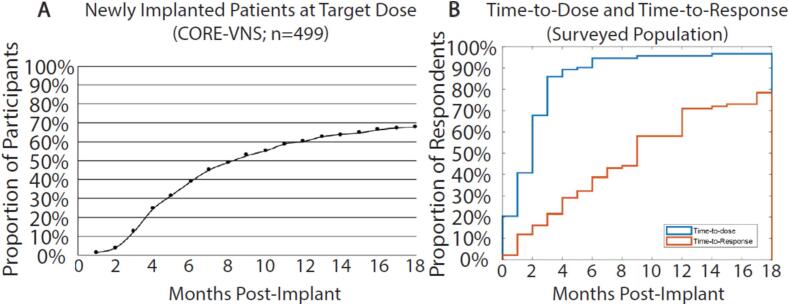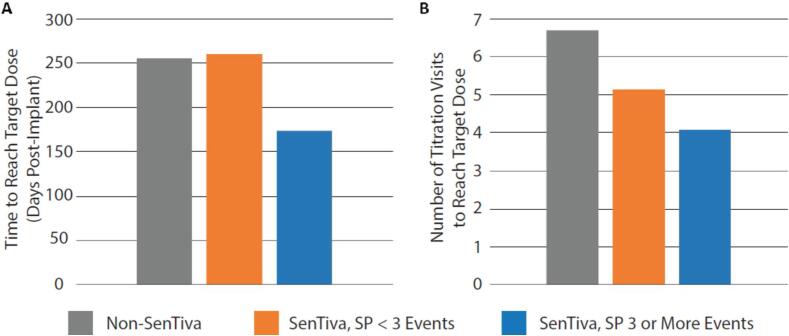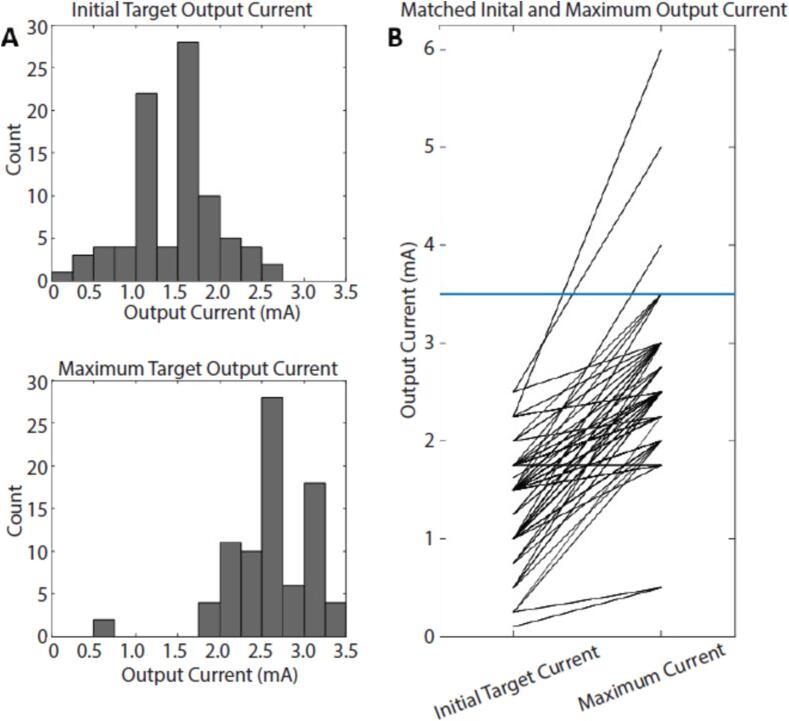VNS快速滴定的实际考虑。
IF 1.5
Q3 CLINICAL NEUROLOGY
引用次数: 0
摘要
对于不适合癫痫手术的耐药癫痫患者,迷走神经刺激(VNS)是最广泛使用的神经调节选择,在一些国家已经使用了30年。鉴于其在市场上的广泛可用性和悠久的历史,许多医疗保健提供者(HCPs)已经形成了关于VNS滴定和给药的个性化实践习惯。本研究提供了新的证据来描述不同提供者的VNS管理差异的程度,并讨论了最近的文献,表明独特的编程方法如何影响患者的结果。在这项工作中,通过对HCPs的调查和对作为CORE-VNS研究的一部分收集的正在进行的研究数据的检查,探讨了有关VNS滴定和给药的实践习惯。全球调查显示,剂量和滴定习惯存在显著差异。提供者报告的初始/最大目标剂量和给药时间范围很广,即使人群平均接近专业协会和制造商标签的指导。不同的剂量和滴定反映在对实现VNS临床益处所需时间的不同看法上。在CORE-VNS研究中,报告的经验体现在如何使用不同的发电机模型上,与使用早期VNS模型的用户相比,使用SenTiva(和计划编程功能)的用户描述了更快的剂量时间。我们的研究结果表明,VNS提供商将受益于VNS使用的持续培训和计划编程功能的使用,以增强提供商之间VNS管理的一致性。本文章由计算机程序翻译,如有差异,请以英文原文为准。



Practical Considerations for the rapid titration of VNS
For patients with drug-resistant epilepsy who are not candidates for epilepsy surgery, Vagus nerve stimulation (VNS) is the most widely available neuromodulation option and has been available in several countries for 30 years. Given its broad availability and extended history on the market, many healthcare providers (HCPs) have developed individualized practice habits regarding the titration and dosing of VNS. This study provides novel evidence to describe the extent to which VNS management differs among providers and discusses recent literature that indicates how unique programming approaches may impact patient outcomes. In this work, practice habits regarding the titration and dosing of VNS were explored through a survey of HCPs and an examination of ongoing study data collected as part of the CORE-VNS Study. The global survey revealed significant variability in dosing and titration habits. Providers reported a wide range of initial/maximum target doses and time-to-dose, even if the population averages approximated guidance from professional societies and the manufacturer’s labeling. Variable dosing and titration were reflected in varied perception of how long it takes to realize the clinical benefits of VNS. In the CORE-VNS Study, this reported experience was represented in how different generator models were used, with users of SenTiva (and the Scheduled Programming feature) depicting faster time-to-dose than those using earlier models of VNS. Our results suggest VNS providers would benefit from continued training on the use of VNS and the use of the scheduled programming feature to enhance consistency of VNS management among providers.
求助全文
通过发布文献求助,成功后即可免费获取论文全文。
去求助
来源期刊

Epilepsy and Behavior Reports
Medicine-Neurology (clinical)
CiteScore
2.70
自引率
13.30%
发文量
54
审稿时长
50 days
 求助内容:
求助内容: 应助结果提醒方式:
应助结果提醒方式:


